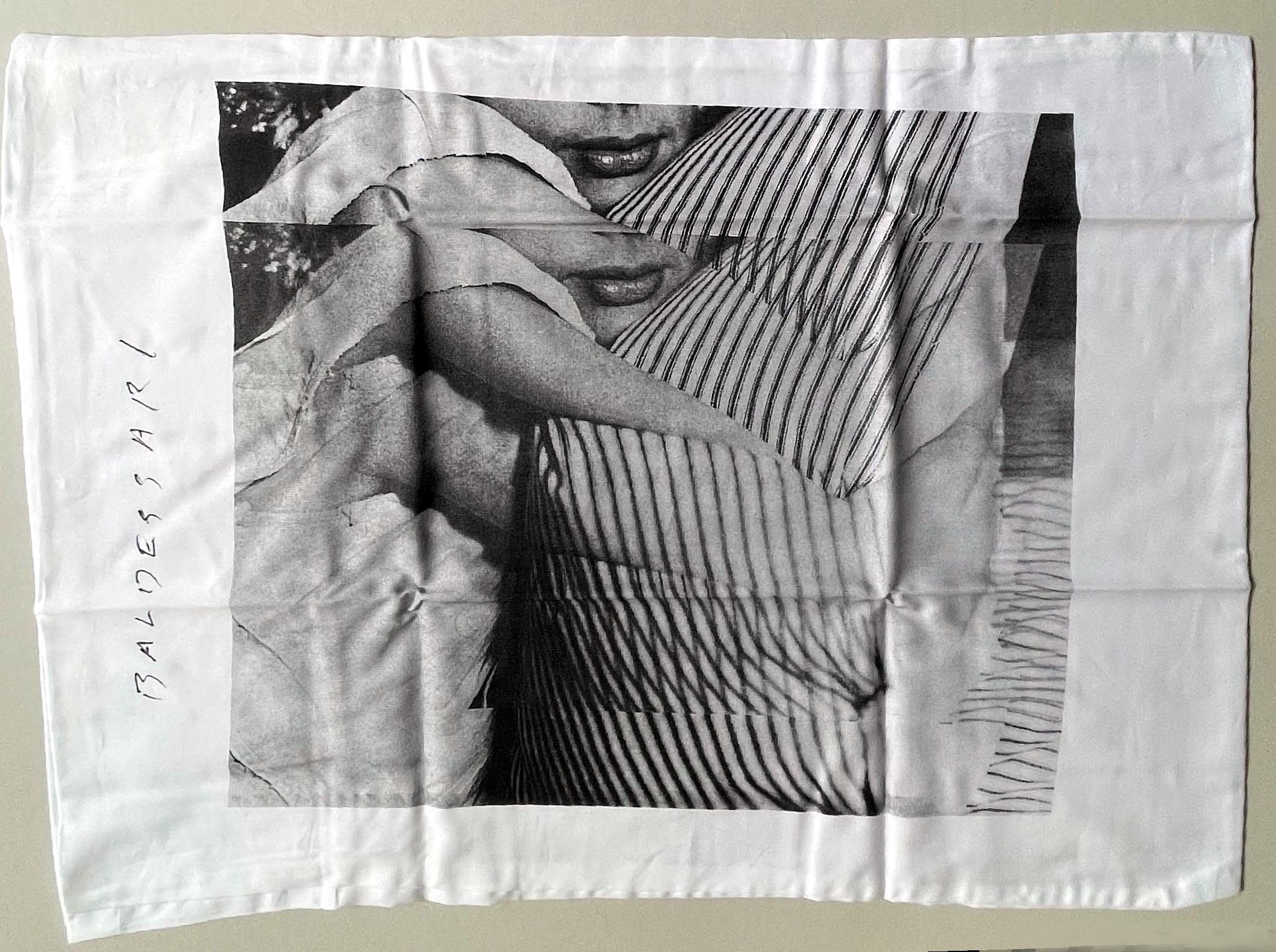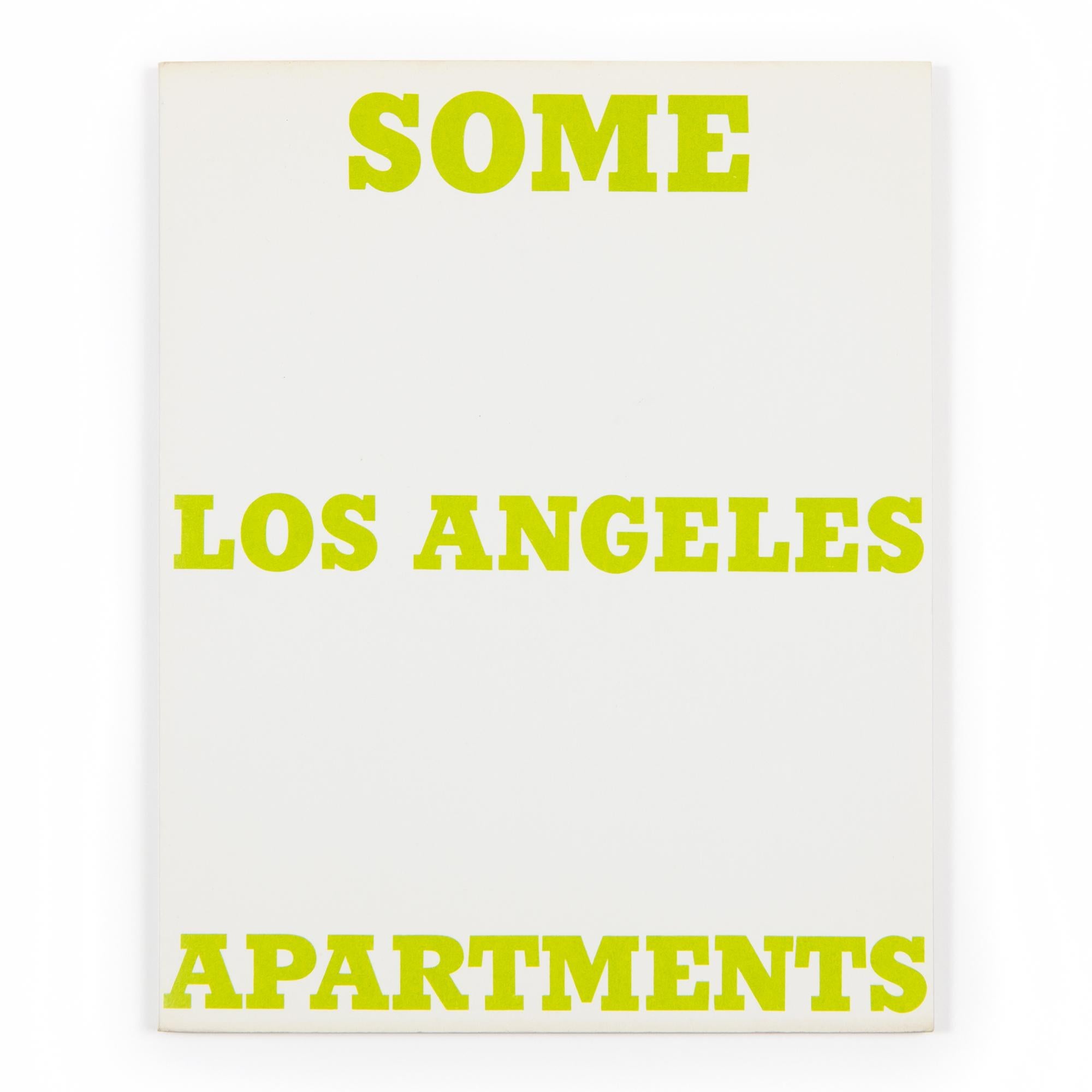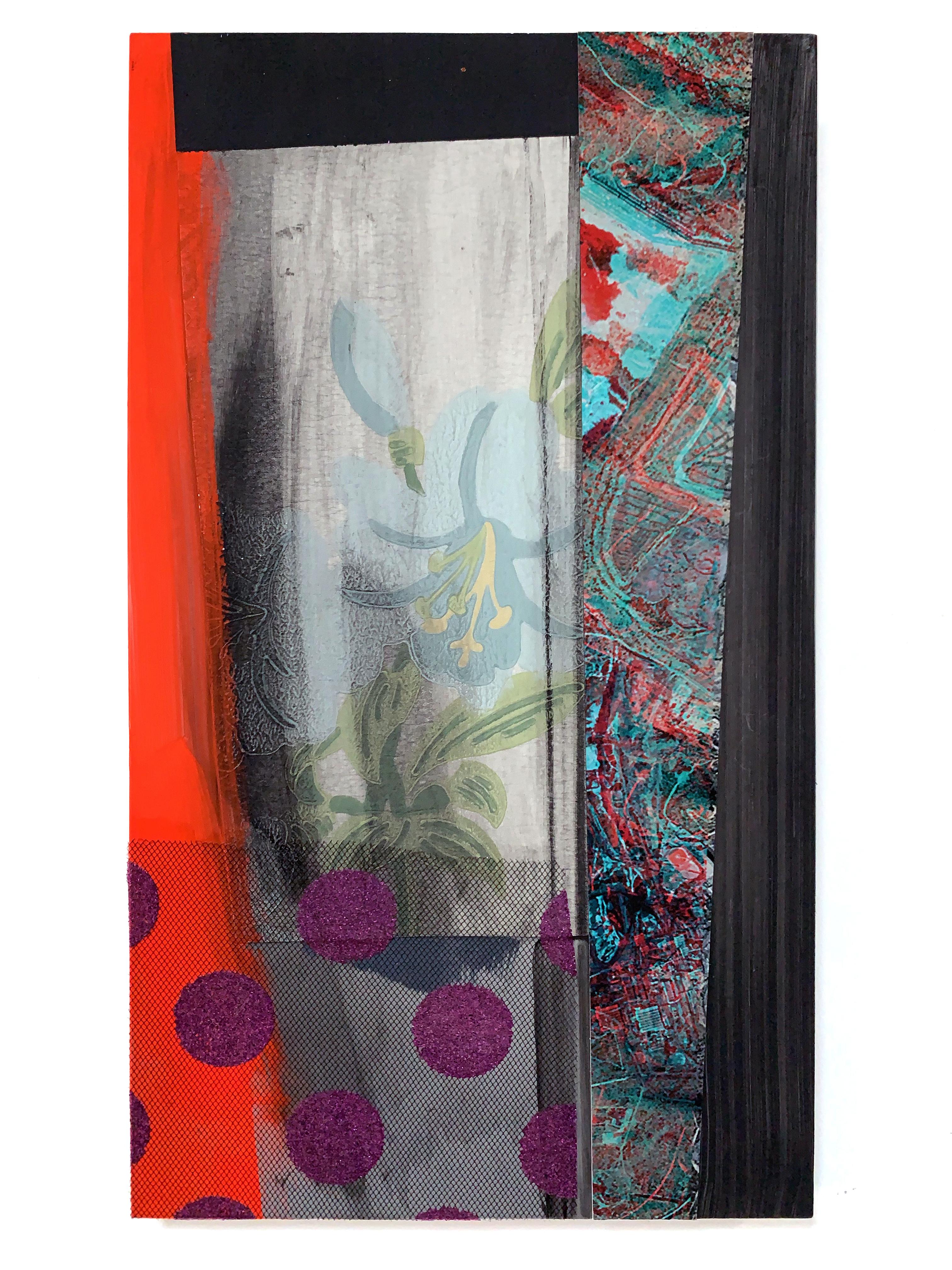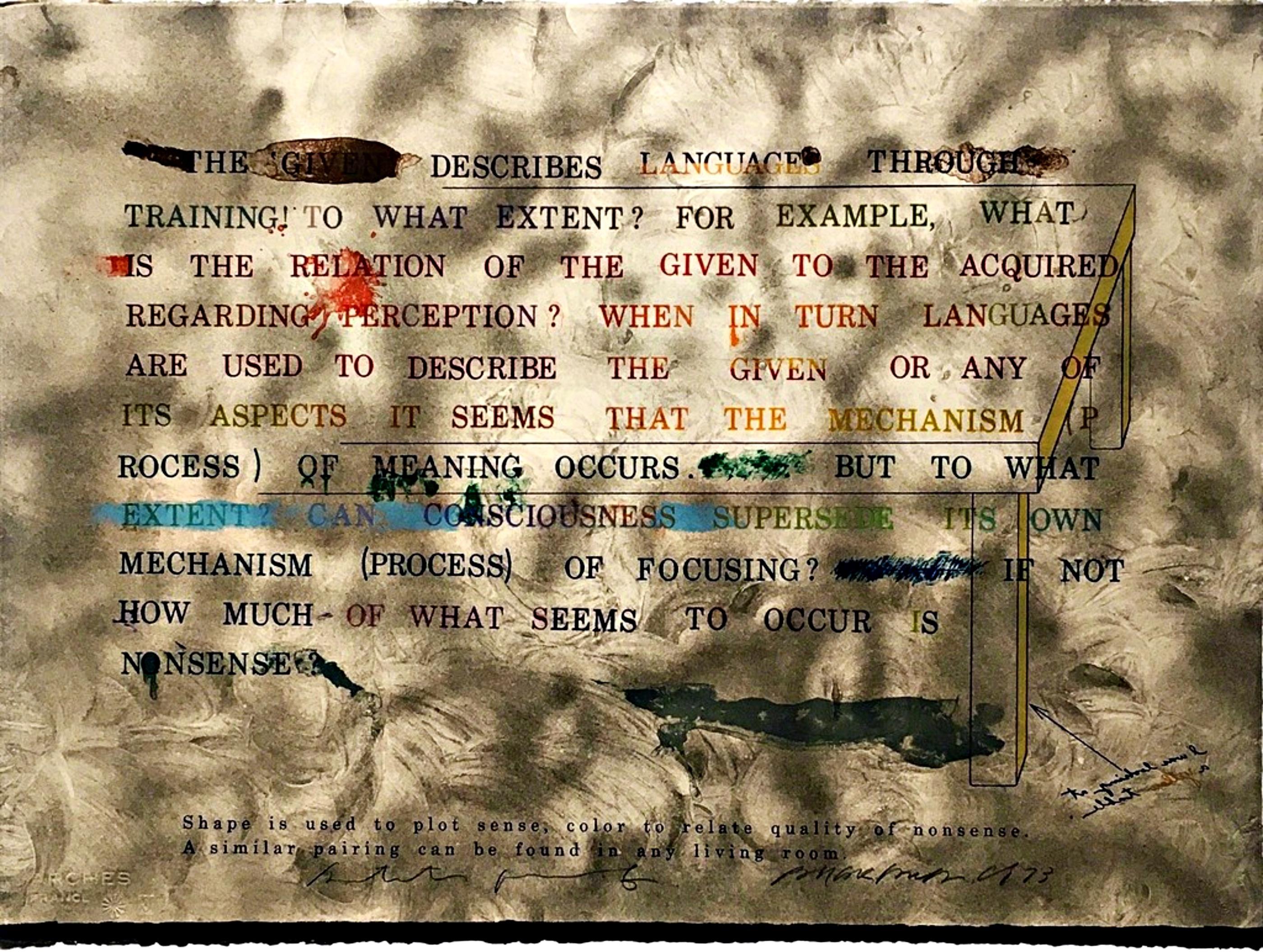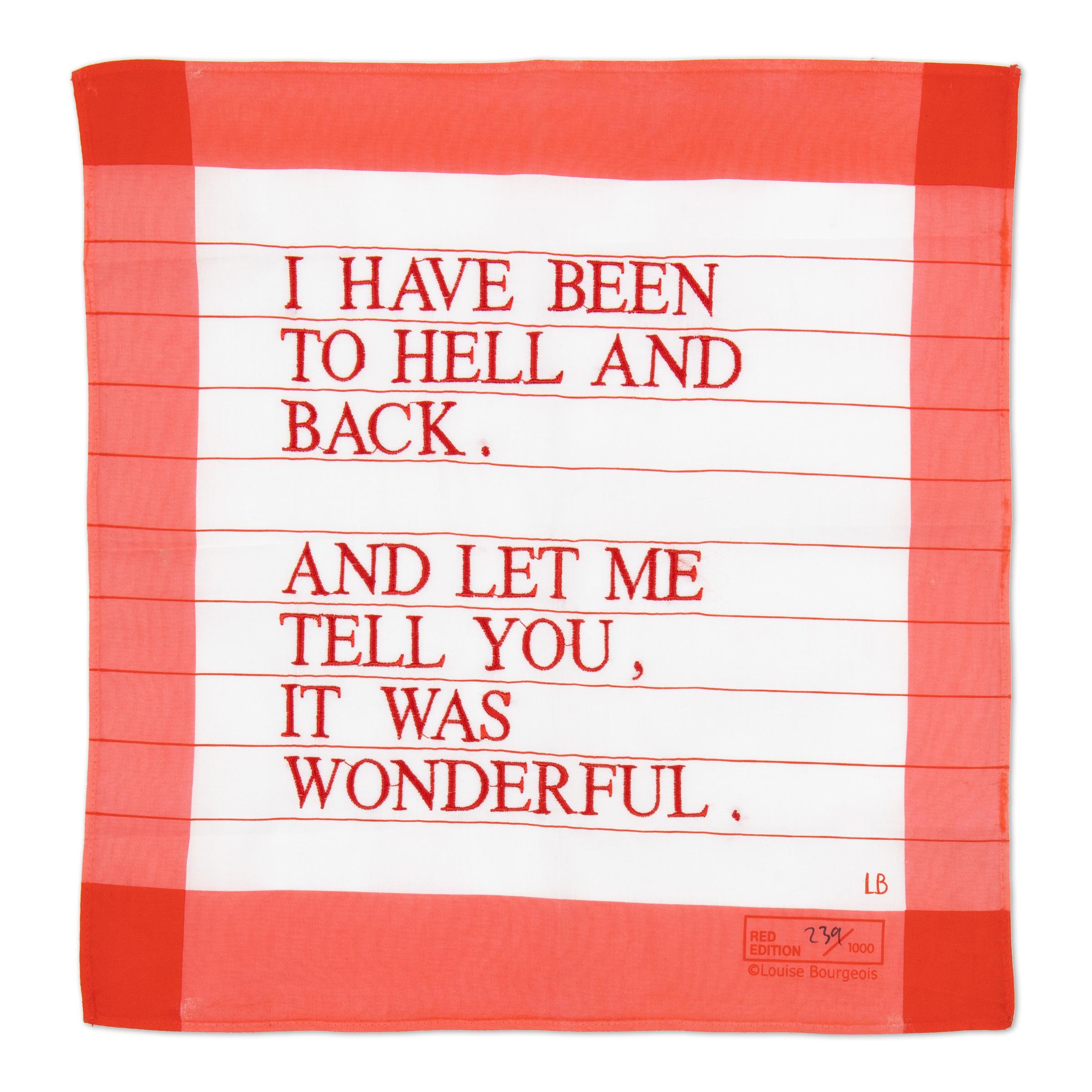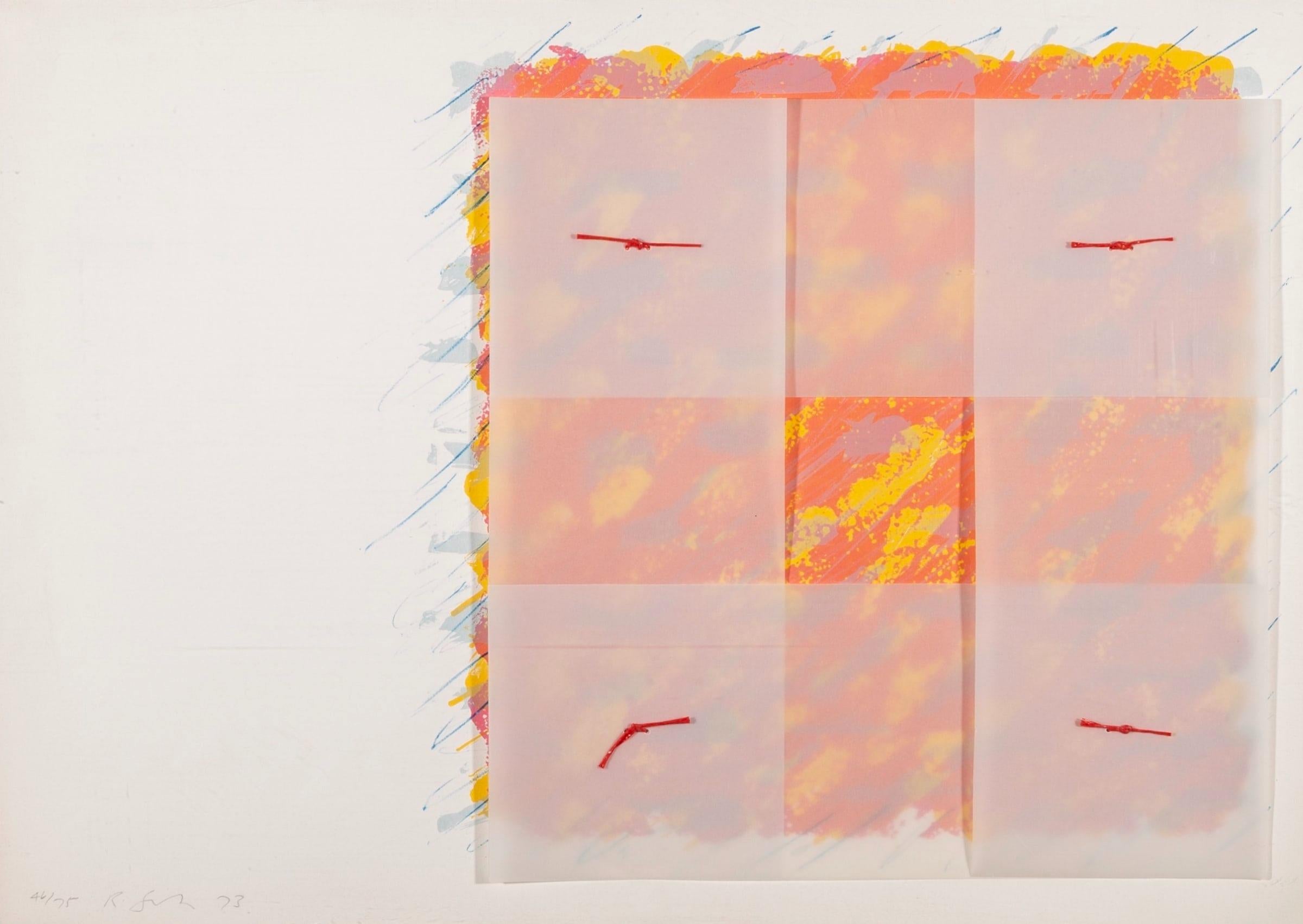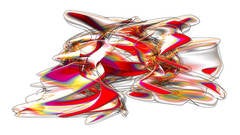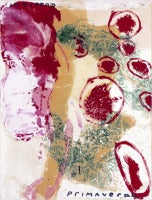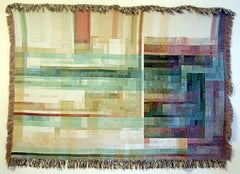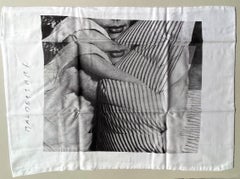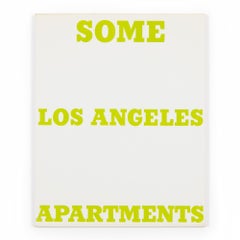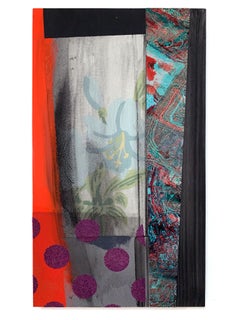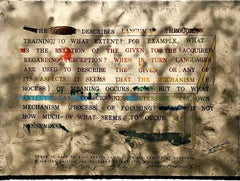Items Similar to One: Yellow
Want more images or videos?
Request additional images or videos from the seller
1 of 2
Patrick LichtyOne: Yellow2013
2013
About the Item
Patrick is a conceptual artist, curator, and theorist exploring how media shape our perception of reality as well as the borders between the digital and the material. He is best known for his work with the virtual reality performance art group Second Front, and the animator of the activist group, The Yes Men. He is a CalArts/Herb Alpert Fellow and Whitney Biennial exhibitor as part of the collective RTMark. He has presented and exhibited internationally at numerous biennials and triennials (Yokohama, Venice, Performa, Maribor, Turin, Sundance), and conferences (ISEA, SIGGRAPH, Popular Culture Association, SLSA, SxSW). His recent book, “Variant Analyses: Interrogations of New Media Culture” was released by the Institute for Networked Culture, and is included in the Oxford Handbook of Virtuality. He is a Lecturer of Digital Studio Practice at the Peck School of the Arts in Milwaukee, Wisconsin.
- Creator:Patrick Lichty (1962, American)
- Creation Year:2013
- Dimensions:Height: 80 in (203.2 cm)Width: 60 in (152.4 cm)
- Movement & Style:
- Period:
- Condition:Excellent.
- Gallery Location:New York, NY
- Reference Number:1stDibs: G140118326194
About the Seller
5.0
Platinum Seller
Premium sellers with a 4.7+ rating and 24-hour response times
Established in 1996
1stDibs seller since 2013
719 sales on 1stDibs
Typical response time: 1 hour
- ShippingRetrieving quote...Shipping from: New York, NY
- Return Policy
Authenticity Guarantee
In the unlikely event there’s an issue with an item’s authenticity, contact us within 1 year for a full refund. DetailsMoney-Back Guarantee
If your item is not as described, is damaged in transit, or does not arrive, contact us within 7 days for a full refund. Details24-Hour Cancellation
You have a 24-hour grace period in which to reconsider your purchase, with no questions asked.Vetted Professional Sellers
Our world-class sellers must adhere to strict standards for service and quality, maintaining the integrity of our listings.Price-Match Guarantee
If you find that a seller listed the same item for a lower price elsewhere, we’ll match it.Trusted Global Delivery
Our best-in-class carrier network provides specialized shipping options worldwide, including custom delivery.More From This Seller
View AllSonica Whispers
By Marjan Moghaddam
Located in New York, NY
Sonica Whispers
Category
21st Century and Contemporary Conceptual Abstract Prints
Materials
Archival Pigment
Price Upon Request
Invierno Primaveral
By Julian Schnabel
Located in New York, NY
"Sexual Spring-like Winter" is a large painterly work, created with layers of pink and resin by the art and film world's favorite enfant terrible, Julian Schnabel. The artist and dir...
Category
1990s Neo-Expressionist Abstract Prints
Materials
Screen
Glitch Tapestry 21
By Patrick Lichty
Located in New York, NY
Glitch Tapestry 21, 2012
Jacquard woven tapestry made of dyed cotton thread.
60 x 80 inches
The Digital Tapestry Project continues my exploration of notions of materiality, craft,...
Category
21st Century and Contemporary Contemporary Mixed Media
Materials
Tapestry
Glitch 21
By Patrick Lichty
Located in New York, NY
Patrick is a conceptual artist, curator, and theorist exploring how media shape our perception of reality as well as the borders between the digital and the material. He is best know...
Category
21st Century and Contemporary Contemporary Mixed Media
Materials
Tapestry
Never Quit
By Patrick Lichty
Located in New York, NY
Patrick is a conceptual artist, curator, and theorist exploring how media shape our perception of reality as well as the borders between the digital and the material. He is best know...
Category
2010s Contemporary Abstract Prints
Materials
Tapestry
Ceci n'est pas Wikipedia
By Patrick Lichty
Located in New York, NY
Patrick is a conceptual artist, curator, and theorist exploring how media shape our perception of reality as well as the borders between the digital and the material. He is best know...
Category
21st Century and Contemporary Contemporary Abstract Prints
Materials
Tapestry
You May Also Like
Two Screenprinted pillow cases (one hand signed by Baldessari) in bespoke box
By John Baldessari
Located in New York, NY
John Baldessari Pillow Cases in Bespoke Presentation Box (one pillowcase hand signed by John Baldessari) for The Thing Quarterly Issue 22, 2014
Silkscreen on 100% cotton 320 thread count sateen pillowcases (Hand signed by John Baldessari)
Boldly signed in ink by John Baldessari on one of the pillowcases (see photo)
Unframed
One of the pillowcases is hand signed in ink by John Baldessari:
John Baldessari was one of the artists who were invited to contribute an object (or "thing") with text for a special project for "The Thing" publication (read on for more on "The Thing") ; the conceptual object therefore had to incorporate text. Baldessari's contribution in 2014 was a silkscreened pillowcase with text. A limited (unknown) number of these pillowcases were marketed and sold as a set of two in a bespoke box. However, exceptionally, Baldessari hand signed a very few of pillowcases in ink. This is one of the very special sets bearing one hand signed pillow case - purchased directly from "The Thing". (a copy of the 2014 receipt is shown here.) The rest of these boxed sets were not hand signed.
The pillowcase is brand new, and will look gorgeous once pressed and framed by a professional framer.
More about this boxed set:
Issue 22 of THE THING Quarterly is by LA-based conceptual artist John Baldessari. It consists of two 100% cotton sateen pillowcases featuring an image of a woman clutching a pillow. The black and white image is taken from a Hollywood film still in Baldessari's collection and has been silkscreened on each pillowcase with environmentally-friendly, water-based ink. The pillowcases are standard-sized and envelope-style. For those who like their thread count high, the issue clocks in at a solid 320 thread count.
Measurements:
Box
10.5 inches by 13 inches by 2 inches
Pillow
20 inches vertical by 26 inches
What was The Thing Quarterly?
THE THING was an experimental publication created in collaboration with Will Rogan as part of an artist residency. We saw it as a quarterly periodical in the form of an object. Each year, four artists, writers, musicians or filmmakers were invited to create an everyday object that somehow incorporates text. The object is reproduced and hand wrapped at wrapping parties and then mailed to the homes of the subscribers with the help of the United States Postal Service.
It began as part of an artist residency in San Francisco’s Southern Exposure. Will and I had met in grad school at UC Berkeley and discovered our mutual affinity for quarterlies. He was a librarian at SFAI for five years and I had been a high school teacher for five years. WE were both interested pushing the boundaries of publication. Our plan was to create a 1 year publication with four artists, but from the very start the project generated so much interest and international excitement that we found ourselves running a publication complete with a brick and mortar storefront and a staff of four individuals. After 10 years, 34 issues, 59 projects and countless live events, we decided to end the publication in order to pursue our individual projects. We are still working together on a less ambitious new project, and hope to launch it at some point in 2021.
CONTRIBUTORS: have included John Baldessari, Dave Eggers, Miranda July...
Category
2010s Conceptual Abstract Prints
Materials
Fabric, Cotton, Screen, Ink, Mixed Media, Cardboard
Ed Ruscha, Some Los Angeles Apartments - Artist's Book, Conceptual Art, Pop Art
By Ed Ruscha
Located in Hamburg, DE
Ed Ruscha (American, b.1937)
Some Los Angeles Apartments, 1965/1970
Medium: Artist’s book (black offset printing on 100 lb. white Vicksburg Vellum text paper)
Dimensions: 17.8 x 14 x...
Category
20th Century Conceptual Abstract Prints
Materials
Offset
Abysmal, 2021 Contemporary digital print
By Michael Davis
Located in Palm Desert, CA
Style: Contemporary, Modern, Conceptual
Small study for the series “Rare Earth"
Category
21st Century and Contemporary Conceptual Mixed Media
Materials
Metal
$960 Sale Price
20% Off
Untitled 3 from "No!" Says the Signified" Silkscreen & Lithograph, Signed proof
By Shusaku Arakawa
Located in New York, NY
Shusaku Arakawa
Untitled 3 from "No!" Says the Signified, 1973
Lithograph and Silkscreen on Arches Paper with Deckled Edges
Hand signed and dated on the lower right front
Artist's Pr...
Category
1970s Conceptual Abstract Prints
Materials
Pencil, Lithograph, Screen
Louise Bourgeois, I Have Been to Hell and Back (Red): Embroidered Handkerchief
By Louise Bourgeois
Located in Hamburg, DE
Louise Bourgeois (French-American, 1911-2010)
I Have Been to Hell and Back (Red), 2009
Medium: Embroidery and silkscreen on 100% cotton handkerchief
Dimensions: 29.2 × 30.5 cm (11 1/...
Category
21st Century and Contemporary Conceptual Mixed Media
Materials
Fabric, Screen
Florentine 2, Abstract Yellow and Orange Print on White with Mixed Media, 1973
By Richard Smith
Located in Kingsclere, GB
Florentine 2 by Richard Smith, 1973
Additional information:
Medium: lithograph on heavy wove paper, with carbon tracing paper and plastic strings
19 3/4 x 27 1/2 in
50 x 70 cm
signed, dated and numbered 46/75 in pencil
Charles Richard "Dick" Smith was an English printmaker and painter.
Smith was born in Letchworth, Hertfordshire, to Doris (née Chandler), a nurse and daughter of a chemical company director. He studied at Hitchin Grammar School and Luton School of Art. After military service with the Royal Air Force in Hong Kong, he attended St Albans School of Art followed by post-graduate studies at the Royal College of Art, London, from 1954-57. Smith shared a flat-cum-studio with Peter Blake in his second year at the RCA, and then again for two years after he left the college in 1957. When Terence Conran's Soup Kitchen opened on Fleet Street in the late 1950s, it featured a letter-collage mural by Smith and Blake. Michael Chow would later commission Smith to design installations for his restaurant in Los Angeles, and Chow and Conran have remained two of his biggest supporters.
In 1959 he moved to New York to teach on a Harkness Fellowship, staying for two years, where he produced paintings combining the formal qualities of many of the American abstract painters which made references to American commercial culture. The artist's first solo exhibition was at the Green Gallery. As his work matured it tended to be more minimal, often painted using one colour with a second only as an accent.
In trying to find ways of transposing ideas, Smith began to question the two-dimensional properties of art itself and to find ways by which a painting could express the shape of reality as he saw it. He began to take the canvas off the stretcher, letting it hang loose, or tied with knots, to suggest sails or kites - objects which could change with new directions rather than being held rigid against a wall, and taking painting close to the realm of sculpture. These principles he carried into his graphic work by introducing cut, folded and stapled elements into his prints; some works were multi-leaved screenprinting, and others printed onto three-dimensional fabricated metal.
Smith returned to England in 1963 - specifically East Tytherton, Wiltshire where Howard Hodgkin was a neighbour - and gained critical acclaim for extending the boundaries of painting into three dimensions, creating sculptural shaped canvases with monumental presence, which literally protruded into the space of the gallery. Evocative titles such as Panatella and Revlon, and cosmetic, synthetic colours alluded to the consumer landscapes of urban America which had proved so influential. He showed at the Kasmin Gallery, a venture between Kas and the Marquess of Dufferin and Ava in New Bond Street, throughout the 60s, more-widely known as David Hockney's first gallery.
After being awarded the Grand Prize at the 9th São Paulo Biennial in 1967 and important exhibitions at Kasmin in 1963, Tate in 1964, and Richard Feigen Gallery in 1966, Smith was invited to exhibit at the XXXV Venice Biennale as the official British artist in 1970. Smith was chosen by a committee of art experts, who were Director of Tate Norman Reid, art historian Alan Bowness, art collector David Thompson, the British Council’s Lilian Somerville and art historian Norbert Lynton. Smith taught with Richard Hamilton at Gateshead in 1965, where he met Mark Lancaster and Stephen Buckley, and again in 2000, becoming close to the artist and his wife, Terry.
By the late 1960s Smith's ambition to produce paintings which shared a common sensibility with other media, such as film and photography, began to wane and he focused on the formal qualities of painting. The freestanding installation Gazebo exhibited at the Architectural League of New York in 1966, and a tent project at the Aspen Design...
Category
20th Century Abstract Prints
Materials
Lithograph
